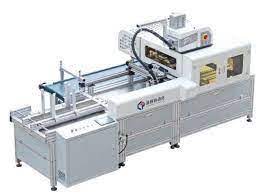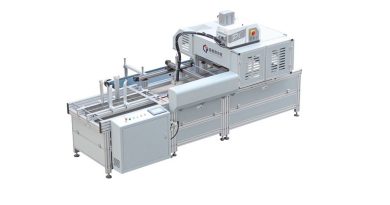Skip to content

Box assembly machinery, which plays a fundamental role in automating the packaging process, has undergone significant technological advancements to meet the evolving demands of the packaging industry. These improvements focus on increasing efficiency, enhancing flexibility, and ensuring sustainability in the production process. Here’s a closer look at the key technological trends shaping the future of box assembly machinery:
Enhanced Automation and Robotics
- Advanced Robotics: Modern box assembly machines integrate sophisticated robotic arms that are more agile and precise, capable of assembling a wider variety of box sizes and designs with minimal human intervention.
- Automation Software: The use of advanced software allows for seamless operation and integration into existing production lines, enabling quick changes between different box types and sizes, thereby reducing downtime.
Sustainability Initiatives
- Eco-Friendly Materials: Machinery is now designed to handle a broader range of sustainable materials, including recycled and biodegradable options, without compromising on the quality of the assembly.
- Energy Efficiency: New models of box assembly machinery are engineered for lower energy consumption, contributing to a reduction in the overall carbon footprint of the packaging process.
Customization and Flexibility
- Digital Printing Integration: The integration of digital printing technology allows for on-the-fly customization of boxes, making it easier to produce small batches of custom packaging with unique designs or branding.
- Modular Design: Machines feature a modular design that can be easily adapted or expanded to accommodate different products and packaging needs, offering businesses scalability and versatility.
Connectivity and Smart Features
- IoT Connectivity: Internet of Things (IoT) connectivity enables real-time monitoring and control of the assembly process from remote locations, allowing for better maintenance, diagnostics, and efficiency optimization.
- Predictive Maintenance: Smart sensors and predictive analytics are used to foresee and prevent potential machine failures, reducing unplanned downtime and extending the lifespan of the machinery.
Improved Safety and Ergonomics
- Safety Enhancements: Modern machines come with improved safety features, including better guards, emergency stops, and sensors that ensure the safety of operators.
- Ergonomic Design: Consideration for operator comfort and efficiency has led to ergonomic designs that minimize strain and fatigue, making the assembly process safer and more productive.



